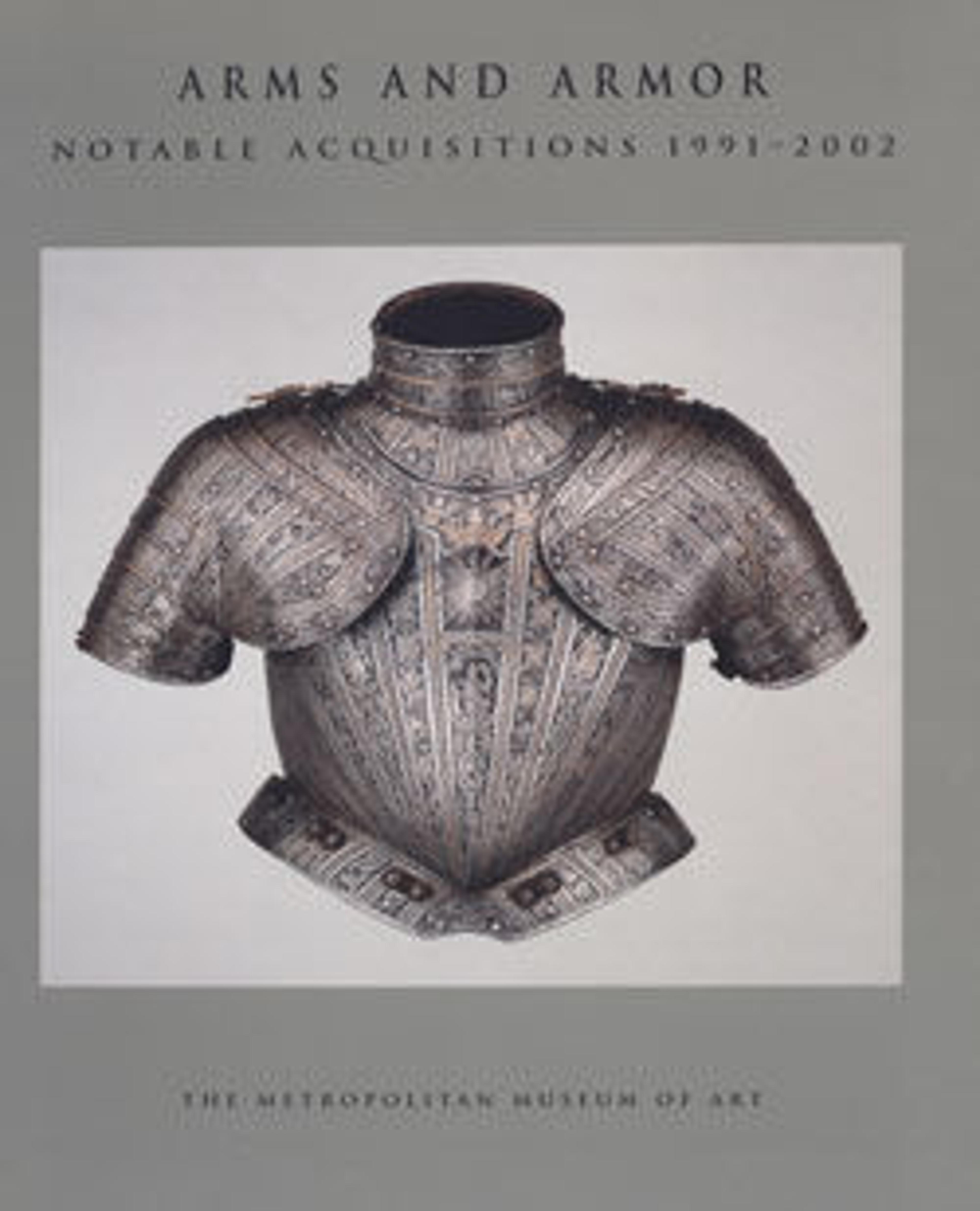Short Sword (Duan Jian)
From its inception in the third millennium B.C., the sword served equally as a weapon and as a symbol of social status and power. During the first millennium B.C., in the hands of the nomadic peoples of the Eurasian steppes, it became, along with the bow, one of the primary cavalry weapons of the ancient world. Groups such as the Scythians, the Yuezhi, the Xiongnu, and the Xianbei achieved a succession of federations and kingdoms in Eurasia by combining the use of sword and bow with an unparalleled skill in horsemanship. Archaeological investigations of burial sites have established the importance of the sword both as a valued possession and a sign of rank in various nomadic societies. While burial context has made it possible to identify some types of swords with specific nomadic peoples, others, like this example, are difficult to attribute with certainty. The complex techniques required for the manufacture of this sword, the combined use of bronze and steel, and the presence of gold decoration all indicate its origin in a society with advanced metalworking skills and a relatively high level of material wealth. Swords similar to this one have been found in Yunan in southwestern China and in Ningxia in the northwest. The Ningxia finds also include many other examples of similarly advanced metalworking, suggesting that this sword may have originated in that region, perhaps around the time of the late Warring States period.
Artwork Details
- Title: Short Sword (Duan Jian)
- Date: ca. 4th–1st century BCE
- Geography: Xinjiang
- Culture: Eastern Central Asia
- Medium: Steel, bronze, gold
- Dimensions: L. 26 3/8 in. (67 cm); W. 2 in. (5.1 cm); Wt. 1 lb. 6.5 oz. (637.9 g)
- Classification: Swords
- Credit Line: Purchase, Bashford Dean Memorial Collection, Funds from various donors, by exchange, 1998
- Object Number: 1998.418
- Curatorial Department: Arms and Armor
More Artwork
Research Resources
The Met provides unparalleled resources for research and welcomes an international community of students and scholars. The Met's Open Access API is where creators and researchers can connect to the The Met collection. Open Access data and public domain images are available for unrestricted commercial and noncommercial use without permission or fee.
To request images under copyright and other restrictions, please use this Image Request form.
Feedback
We continue to research and examine historical and cultural context for objects in The Met collection. If you have comments or questions about this object record, please contact us using the form below. The Museum looks forward to receiving your comments.
